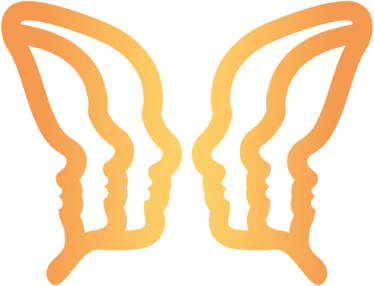My colleague Don Aspromonte (who sent me interesting ideas about working with agoraphobia and migraines which I included in earlier newsletters) wrote me recently about his explorations into how we code our images of things in order to know which are ours and which belong to someone else. Here is what he wrote:
“Over the past 15 years I have asked many people to help me understand how they know they own something. I have suggested they use their car and a car belonging to someone else. I make sure they can picture each car clearly and in detail, parked side-by-side in a parking lot or in their driveway.
“Then I have them check all submodalities to find out if they can determine how they code for ownership. When they find differences, I have them adjust the submodalities until both cars are identical. And yet they can still tell the difference between the car they own and the other car that they don’t.
“Finally, I ask them to examine how the cars are related to the background, and the distinction is almost always quickly evident to them. In every case where the client was able to become aware of the distinction (about 95%) their own car was either hovering off the background and not connected to it, while the non-owned car was connected to the background, OR the reverse: their own car was sitting on the ground and the non-owned car was hovering.
“What is really interesting is that about 50% of these clients experienced the object they owned as hovering while the other half saw the objects they did not own as hovering.
“I would guess I have done this about 100 times. The result has been startlingly consistent, and I have used this information to make an intervention, for instance:
“I first discovered this distinction when working with a woman who had a significant weight control problem. She told me that one of her problems was that she would eat whatever food was available during the family meals. As we got more detail about how she was thinking about it, we discovered that all of the food on the table hovered just slightly above the surface of the table, so it belonged to her. In her world the rest of the family was eating her food. That was OK with her, but by the end of the meal she had consumed everything that someone else did not eat.
“I worked briefly with another client who suffered from kleptomania–he often stole things that were not his. When he was in a store and saw something he liked, it would suddenly appear as if it belonged to him. We discovered that all of the objects in the store were initially resting comfortably in their natural position with respect to the background–they were connected to the background. Then, when he liked something, it would suddenly hover away from the background, and slightly nearer to him–much like the submodalities of a compulsion. He could not simply leave the store and let them keep his watch.”






